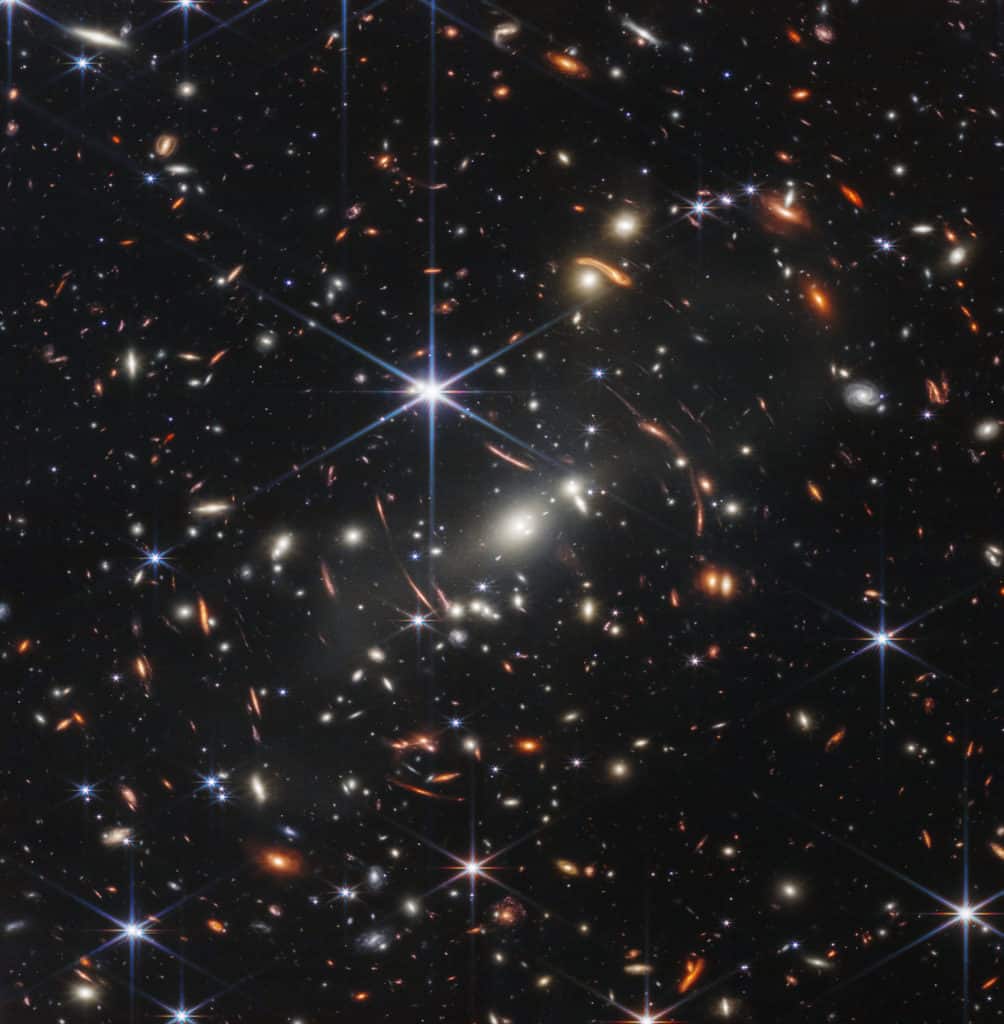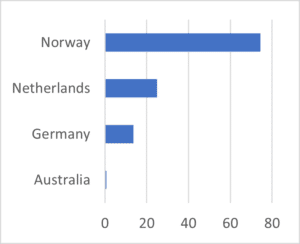Merck, a leading science and technology company, is proud to support DeadlyScience’s new program DeadlyLab to create STEM learning kits for students in remote areas. The kits will explore chemistry, physics, and biology with experiments based in Indigenous science.
DeadlyScience was founded in 2019 by proud Kamilaroi man Corey Tutt OAM, and has delivered more than 20,000 books, 500 telescopes and countless other learning tools to students in remote communities.
Now, Merck and DeadlyScience are partnering with Indigenous communities, Elders, and Indigenous subject-matter experts to create experiments, complete with worksheets and video tutorials, that can be used in school classrooms or at home.
“We work with hundreds of remote schools, who collectively have more than 28,000 students. Over 75% are Indigenous.
“We want to get them engaged with science, help them learn with play and hands-on experience, and show them Indigenous scientists. You can’t be what you can’t see,” says Corey.
Continue reading DeadlyScience and Merck to bring physics, chemistry, and biology experiments to young Indigenous scientists →












